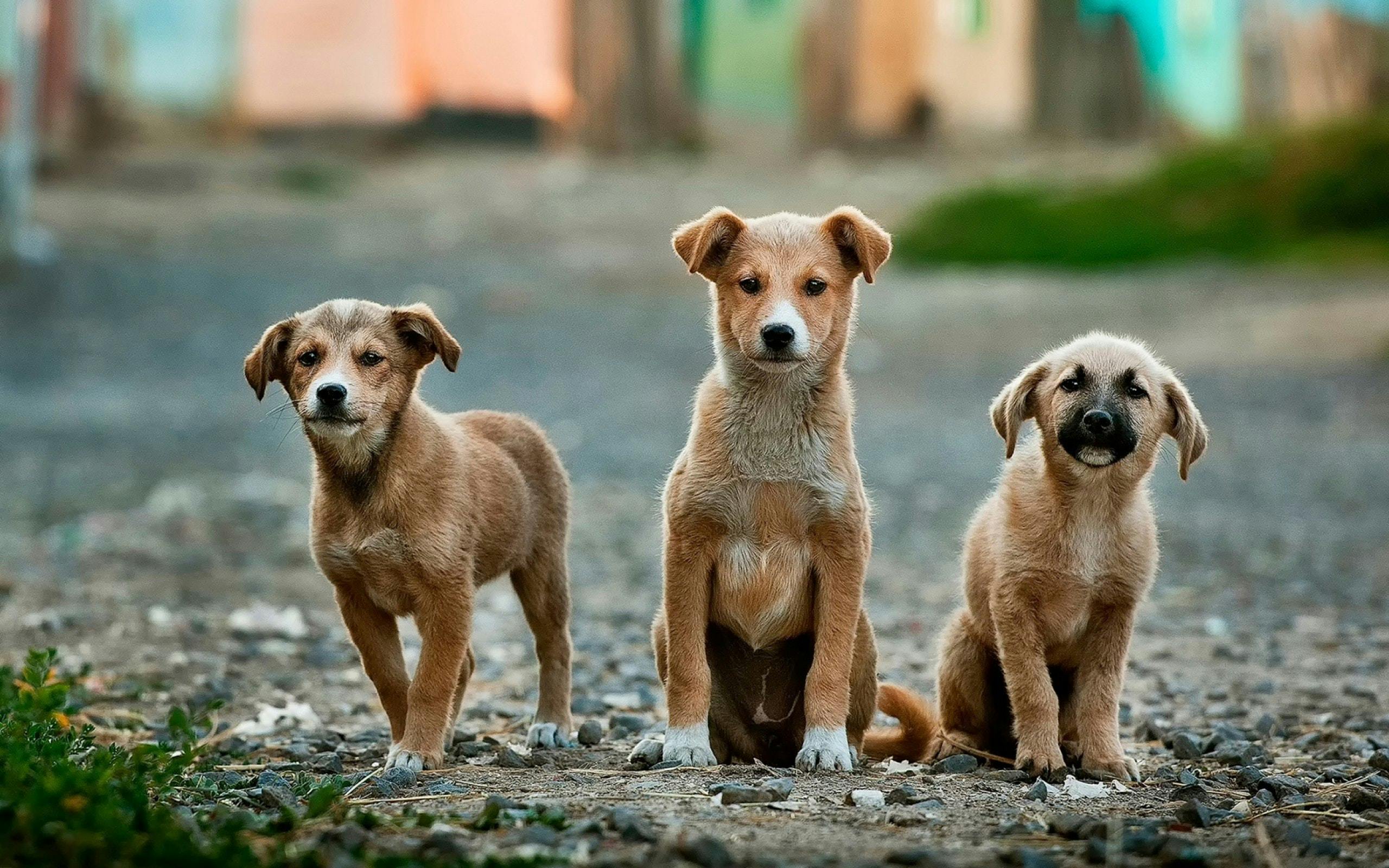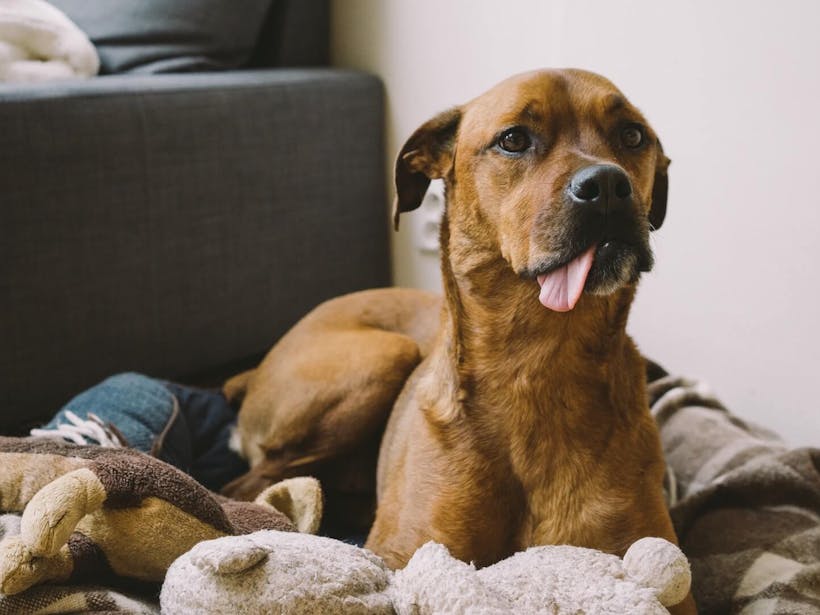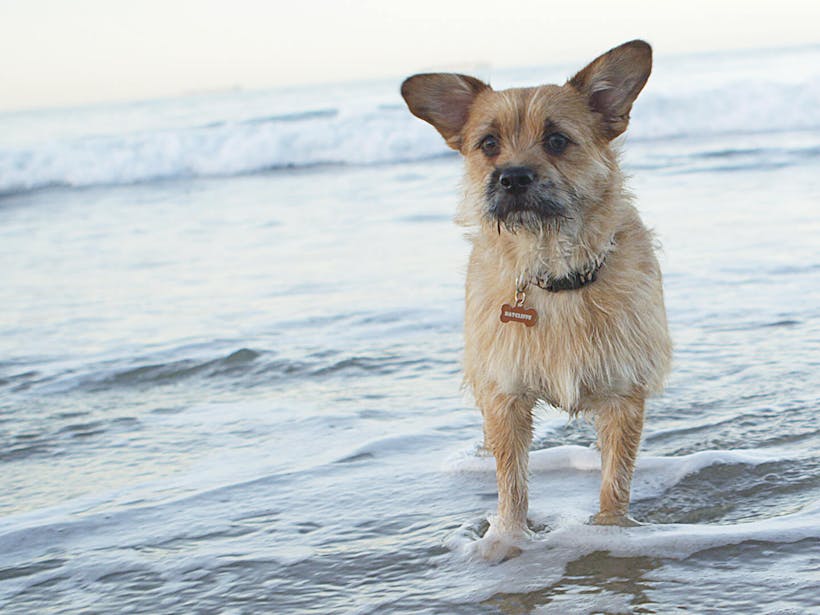It’s natural for people to be curious about their family’s distant (or not-so-distant) relatives. So it’s not surprising that this curiosity often carries over to our four-legged friends. Just who are their family members? And do any of them live nearby? That’s where Wisdom Panel™ Relatives comes in handy.
The Relatives feature helps uncover precisely this type of information for our pups. But to truly understand the answers it provides, it’s helpful to have a little background information. For starters, it’s important to understand that there’s a difference between genealogical ancestors and genetic ancestors.
Genealogical ancestors vs. genetic ancestors
Genealogical ancestry is discovered by reviewing family tree records and, for dogs, breeding records such as pedigrees. Genetic ancestry is determined by comparing chunks of DNA and finding similarities between individuals or populations.
Through natural mechanisms, such as genetic recombination, the chunks of DNA inherited from each side of the family can vary between relatives. In fact, they can even vary between siblings! However, because DNA from a common ancestor is a limited source, the number of genetic relatives is also limited. This can be evident after a few generations. Yet, the number of genealogical ancestors can grow exponentially.
To help visualize this, consider your own family tree. First, picture your parents, then aunts and uncles, then each set of grandparents, and finally your great-grandparents. Now, include all of their siblings and the children they all have. The DNA of every person on the tree has combined with someone outside the family to create the different family branches. And in doing so, more genetic material is introduced into the mix that the next generation within that family branch will inherit.
This introduction of outside DNA into the family is why first cousins share an average of 12.5% DNA, but more distant relatives, like fourth cousins, may not share any autosomal genetic material, despite being part of the same family tree. In other words, the more distant the genealogical relationship, the less likely it is that similar DNA will be found and a genetic relationship will be detected.

Now back to dogs. Wisdom Panel™ Relatives provides insights into dogs that share common DNA segments. But as discussed, having a common distant relative doesn’t necessarily mean two individuals will be genetically related. Let’s look at an example using three dogs: Max, Bella, and Daisy.
After genetic testing, we learn that Max shares 8% of his DNA with Bella, and Daisy shares 3% of her DNA with Bella. Max and Daisy both have a genetic relationship with Bella, but that doesn’t necessarily mean they have a genetic relationship with each other. That’s because the DNA segments Max shares with Bella might not be the same ones Daisy shares with Bella. In fact, given the low percentages, it’s more likely that there’s no overlap in DNA segments between Max and Daisy.
Our example could be further complicated when dealing with certain breeds—such as the Boxer, Cavalier King Charles Spaniel, and West Highland White Terrier. In these breeds, pedigreed individuals are highly related due to recent or distant inbreeding. So if our three dogs were all Boxers, because of the genetic distance, we’d need knowledge of their genealogical ancestry to truly know if Max and Daisy have overlapping family trees.
What can you learn about your dog’s relatives?
Is your interest in your pup’s relatives piqued? If the answer is yes, here’s a breakdown of the types of relationships Wisdom Panel™ Relatives provides:
- Close relatives share 20% or more DNA. This group includes parents, offspring, and siblings. It may also include grandparents, grandpups, half-siblings, aunts, uncles, nieces, and nephews.
- Extended relatives share 5–19% of the same DNA. Examples of these family members include first cousins and the “greats” (great-grandparents, great-nephews, great-aunts, etc.), as well as half-uncles, half-aunts, half-nieces, and half-nephews.
- Distant relatives have 1–4% DNA in common with your pup. So, this is a rather large family group that includes relationships beyond (and occasionally well beyond) first cousins.
Note: These categories refer to the percentage of DNA that is identical by descent (i.e., comes from shared ancestors). For instance, a parent and their pup would show 50% because the offspring inherited half of their DNA from each parent.
Ready to explore your pup’s extended pack?
Find your dog’s relatives with any of our Wisdom Panel™ DNA tests.
Shop Now














